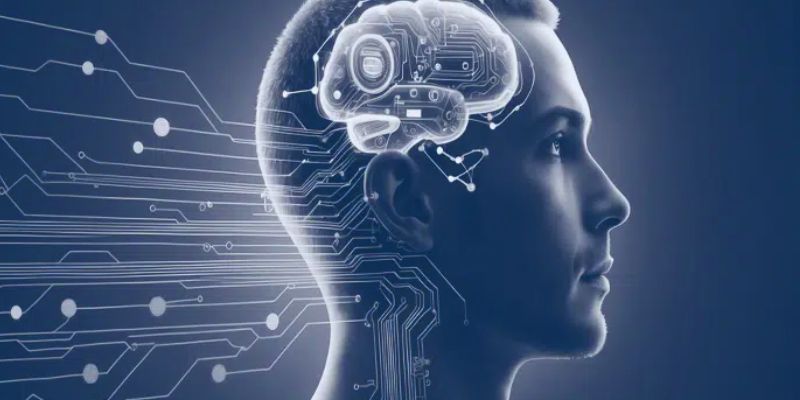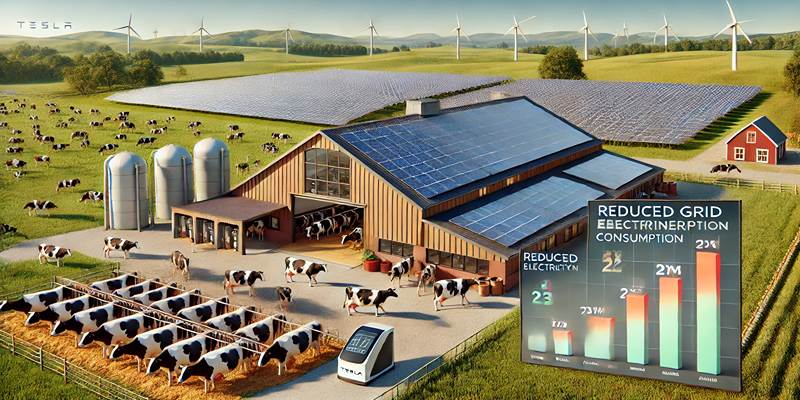Though artificial intelligence is revolutionizing technology, ensuring the dependability of AI-generated material is difficult. Incorrect, biased, or misleading information produced by AI models can seriously affect important sectors, including law, banking, and healthcare, through their influence. A fresh method called Chain-of-Verification (CoV) improves AI accuracy by checking every reasoning stage before producing final answers.
It guarantees logical, fact-checked, reliable answers, enhancing artificial intelligence dependability and lowering false information. By cross-checking sources, honing responses, and dissecting difficult problems into smaller pieces, CoV expands on timely engineering practices. By letting AI check data before responding, this approach helps to boost trust and openness. This guide investigates CoV's benefits over many sectors, working procedures, and the improvement of AI accuracy.

Understanding Chain-of-Verification
While conventional artificial intelligence models respond depending on patterns in training data, they do not always verify facts, producing erroneous or misleading results. Designed to guarantee AI-generated solutions are dependable, logical, and factually accurate, Chain-of-Verification (CoV) presents a methodical, orderly, step-by-step verification approach. CoV first breaks down the question into smaller parts rather than providing a straight response.
It then checks every action utilizing reliable data sources or logical analysis before responding. This multi-stage strategy lowers mistakes and builds confidence in artificial intelligence results. If an artificial intelligence model responds to a medical inquiry, it should first gather pertinent data from validated medical sources. Before providing a final response, consistency must be cross-checked throughout several sources.

How Chain-of-Verification Works
The chain of verification proceeds methodically. Every action guarantees the rational and fact-based response of the artificial intelligence. The major actions consist of:
- Breaking Down The Query: Artificial intelligence breaks up a difficult problem into smaller, doable chunks so that more exact analysis and validation may follow. By separating it, the method guarantees that every search element is addressed individually, lowering the possibility of mistakes.
- Fact-Checking Each Part: The author confirms every bit of material by consulting reliable sources before proceeding. This stage guarantees early identification of erroneous or misleading data, preventing false information.
- Cross-Verifying Sources: Artificial intelligence analyzes data from several references to find anomalies. If contradictory information comes from several sources, the system reassesses the data to guarantee the most accurate and factual elements are used.
- Generating An Intermediate Response: Artificial intelligence generates a disciplined response grounded on confirmed facts following validation. The output is built on this reaction.
Advantages of Chain-of-Verification
For artificial intelligence dependability, the Chain-of-Verification approach has many advantages. Among them are:
- Higher Accuracy: Through numerous phases of information validation, artificial intelligence models reduce their propensity to hallucinations and erroneous responses. This method guarantees that every detail is cross-checked before producing an output, raising general accuracy.
- Increased Trust: Users can rely on artificial intelligence for fact-based, well-verified knowledge, lowering mistrust of AI-generated material. Reducing false information helps CoV boost confidence in artificial intelligence applications in many sectors.
- Transparency: The verifying procedures help to clarify how artificial intelligence reaches decisions. Breaking down ideas and confirming sources helps people understand the AI's decision-making process, guaranteeing responsibility and openness.
- Better Decision-Making: Reliable artificial intelligence generations support professionals in research, finance, and healthcare by offering accurate and well-verified insights. They increase efficiency, lower mistakes, and support wise decisions in important sectors.
Applications of Chain-of-Verification
A chain of verification helps many different sectors. Among the important uses are these:
- Healthcare: Medical Professionals' AI models must provide correct, evidence-based knowledge. AI verifies medical recommendations using CoV before proposing treatments, lowering the possibility of false information in healthcare decisions.
- Finance: Money Financial AI instruments support risk management and investment analysis. Before producing insights, artificial intelligence (AI) allows one to cross-check market movements and financial data. It guides decision-making for investors.
- Legal Industry: Legal artificial intelligence models sometimes study legislation and case precedents. CoV guarantees factually accurate and grounded on current rules AI-generated legal advice. It enhances legal research's accuracy.
- Education and Research: Academic artificial intelligence tools help scholars and students find data. Before artificial intelligence creates study materials or research summaries, coV helps validate data. Consistent sources improve learning.
- Media and Journalism: Artificial intelligence's news has to be accurate. CoV lets artificial intelligence cross-check several sources before posting material, stopping misleading knowledge from proliferating.
Chain-of-Verification vs. Other AI Techniques
While many artificial intelligence methods aim to increase dependability, Chain-of-Verification (CoV) has a clear benefit. CoV adds verification steps to guarantee factual accuracy, lowering disinformation, unlike Chain-of-Thought (CoT), which improves AI thinking without confirming facts. Retrieval-augmented generation (RAG) likewise pulls data from outside sources but does not cross-check its authenticity; CoV guarantees consistency and validation over all acquired data.
Conventional artificial intelligence algorithms provide answers without checking each step, raising the possibility of mistakes and biased results. On the other hand, the OV methodically validates data, breaks down difficult situations, and improves responses, greatly increasing dependability and credibility. CoV increases AI-generated content by including verification at every level, increasing consumer dependability in many sectors.
Challenges and Future of Chain-of-Verification
Though it presents certain difficulties, the Chain-of-Verification (CoV) method greatly improves artificial intelligence dependability. The computational load is a serious problem since several verification processes need additional processing capacity, which slows down and increases the resource-intensive AI models. Source dependability is another difficulty since artificial intelligence depends on accurate and reliable data sources to confirm facts properly. The verification procedure can produce faulty outcomes if sources include biases or false information.
Moreover, including CoV in current AI models is difficult and calls for careful design, thorough testing, and ongoing improvement to guarantee flawless integration without sacrificing performance. Notwithstanding these difficulties, scientists are working hard to increase CoV speed and efficiency. Automated verification methods will probably be included in future artificial intelligence models, simplifying the process and improving accuracy and confidence.
Conclusion:
Verification is a significant development in artificial intelligence prompt engineering, which improves accuracy by fact-based data validation before responding. This methodical approach lowers false information, fosters trust, and sharpens decision-making in many industries. Fact-checked artificial intelligence answers guarantee dependability and help sectors, including journalism, law, finance, and healthcare. Although computing requirements present difficulties, CoV keeps changing to become more flexible and efficient. AI will become a more reliable method for important applications as it combines CoV, improving transparency and lowering mistakes.









